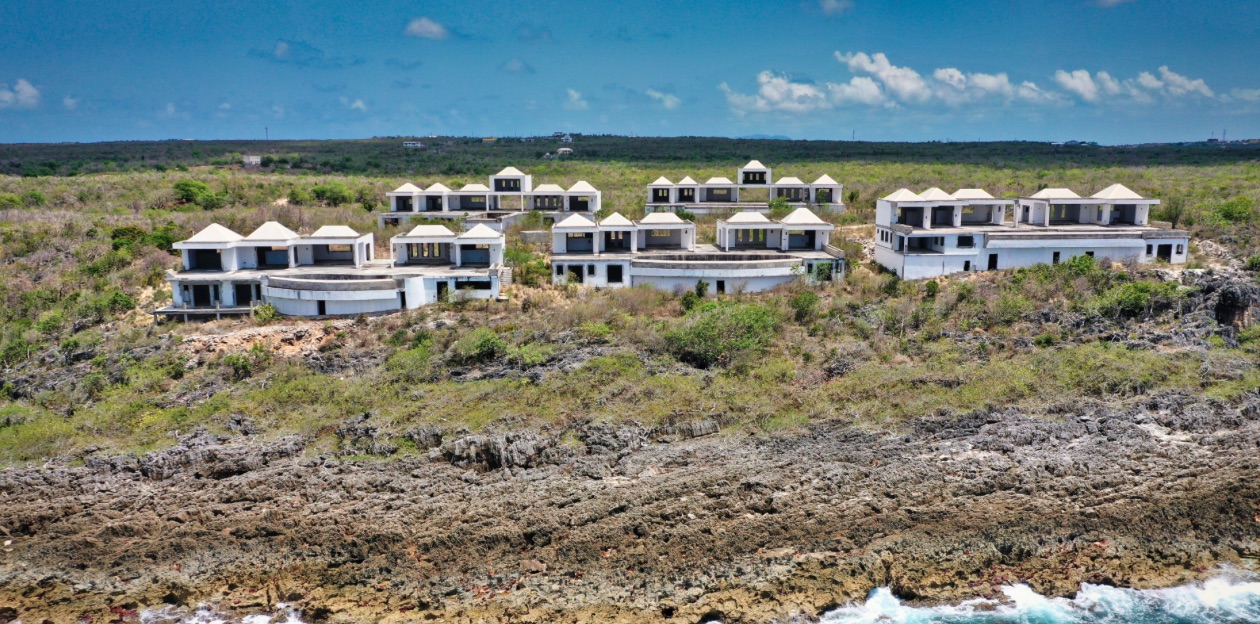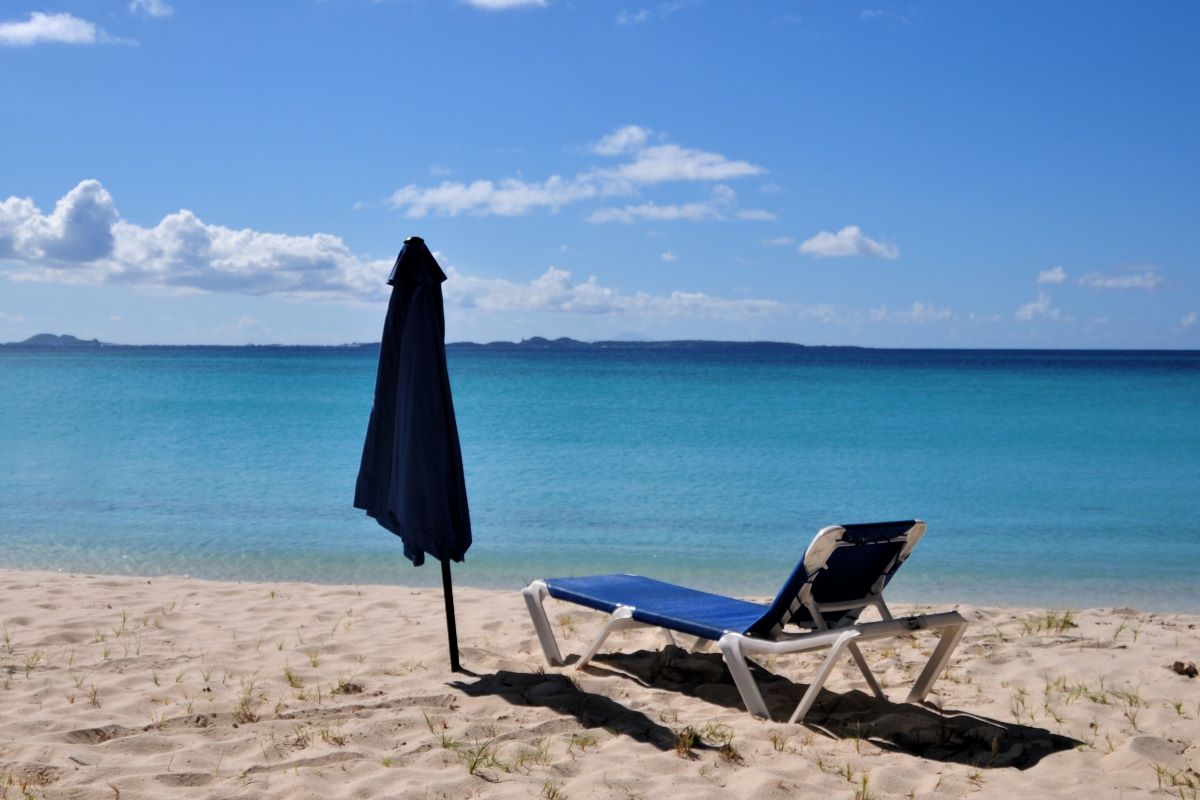Time takes time, they say, and so does rising from the ashes. It’s been twelve weeks since hurricane Irma rocked Anguilla to its foundations, and the gradual motion towards refashioning the island has continued at a steady, if not dizzying, pace. But as more businesses get back to their feet and more development plans are announced the opportunity to modernize the island slowly begins to take shape, moving from just an enormous potential to an actual reality.
Normality, even the new normal, is still an ambition that lies ahead in Anguilla, though not quite as far as, say, four weeks ago. Anglec’s task of bringing power back to the island is still the key issue, a task that was always going to be huge, even if valuable assistance has been pouring from all corners of the Caribbean—from Jamaica, from Barbados, from St. Lucia, and so on. A critical boost was given to the operation in early November, when a deal was struck with the British government to fund a crew of 30 Canadian linesmen and 5 supervisors to supplement the existing team. The result was that by November 24 Anglec announced that after some 80 days (!) of work two thirds of the island was back on the grid, with a timeline to energize the rest of it by the end of the year—a remarkable achievement, considering initial fears that full recovery might take at least six months.
Equally important has been the reconditioning of the regional transport infrastructure: Clayton J. Lloyd Airport reopened within a few days of Irma’s passing, albeit for daylight service only, and commercial flights have been operating for weeks now. A temporary control tower, reportedly worth 1 million dollars, has been set up (and funded, according to The Anguillian) by the British government, restoring nighttime operations from November 27. In due course this control tower will be replaced with a modern and fully upgraded one to go with the second expansion of the runway.
The airport in particular has been a thorny issue in Anguilla for a long time, not only in terms of whether the island should have a runway long enough to service commercial jetliners arrived straight from the US but also in connection to the largest private corporate jets, for which it was practically tailored back in 2004. At the time the plan—partially funded by the European Development Fund which granted 8 million euro towards it—was to extend the landing strip from 3,400 to 6,000 feet, though ultimately the upgrade only took the runway to 5,440 feet. Almost 15 years later, and in part due to Irma, that shortcoming will be redressed, better suiting Anguilla to tackle the growth of its tourism industry in the future.
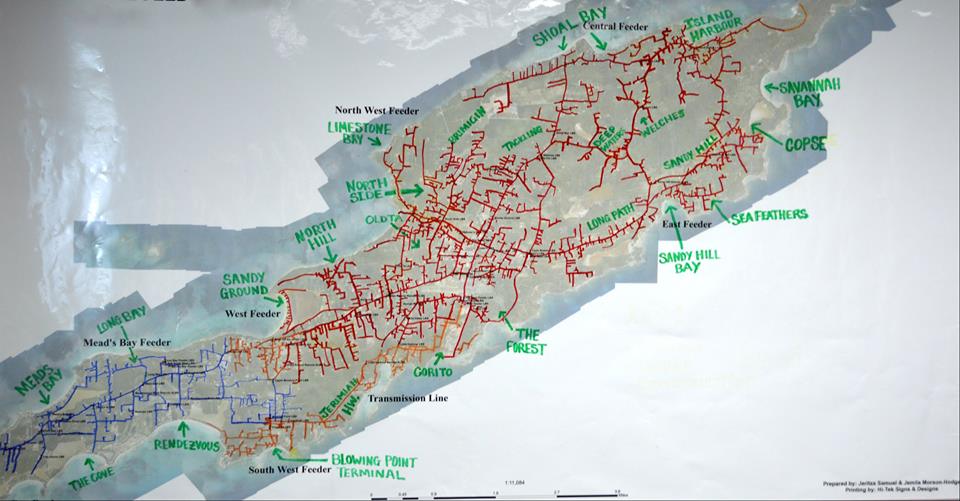
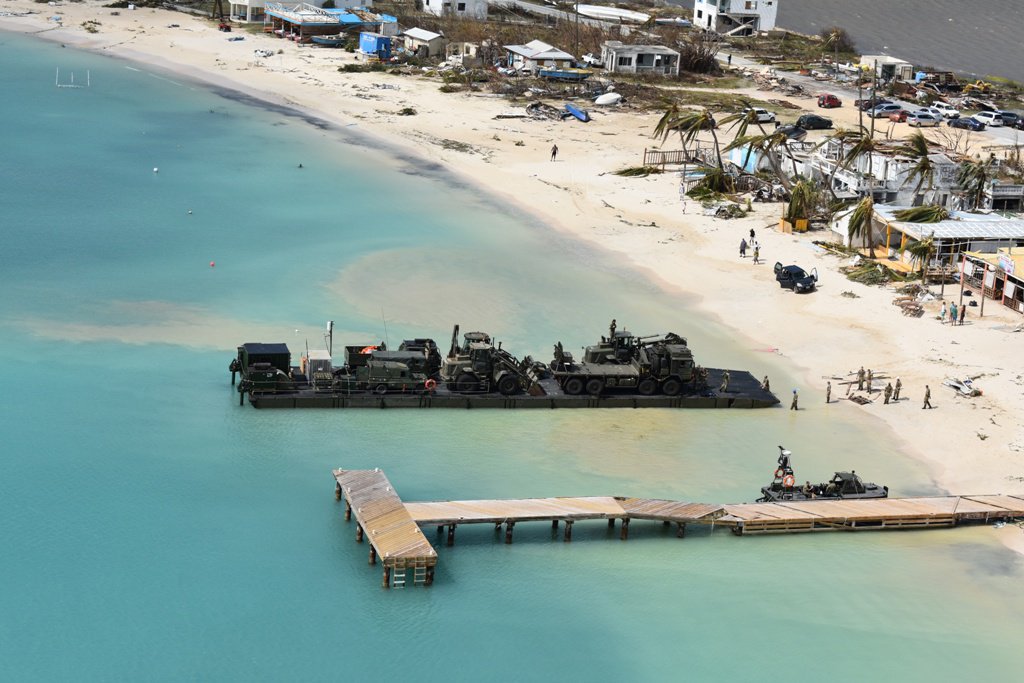
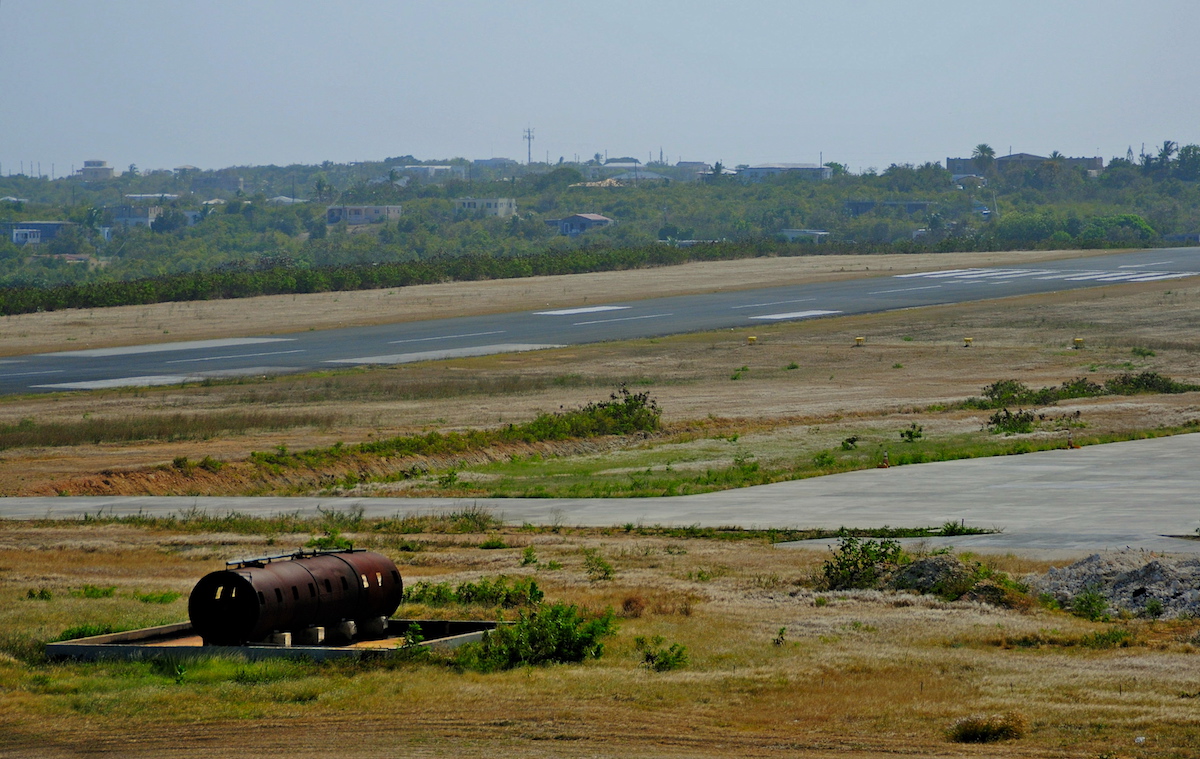
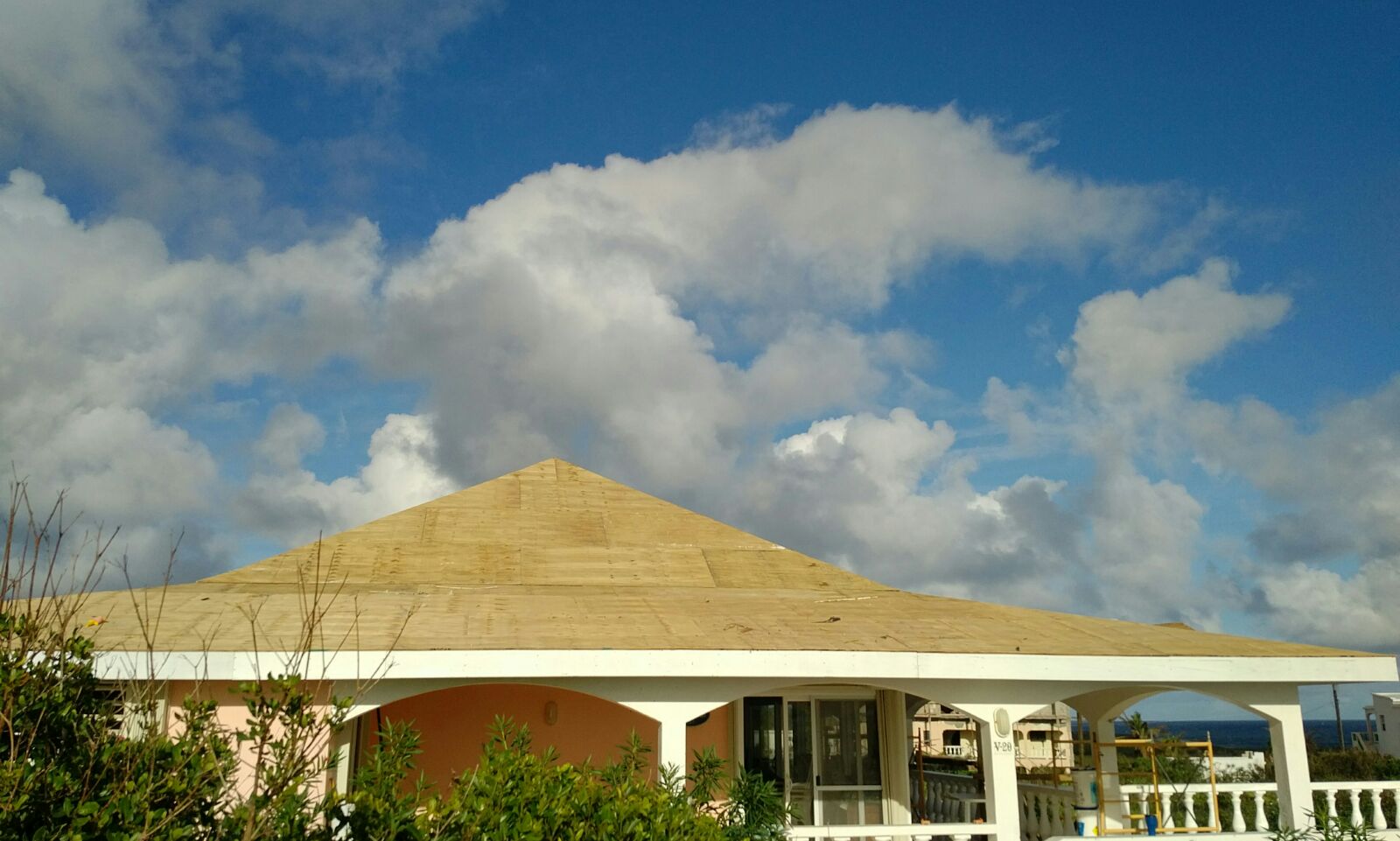
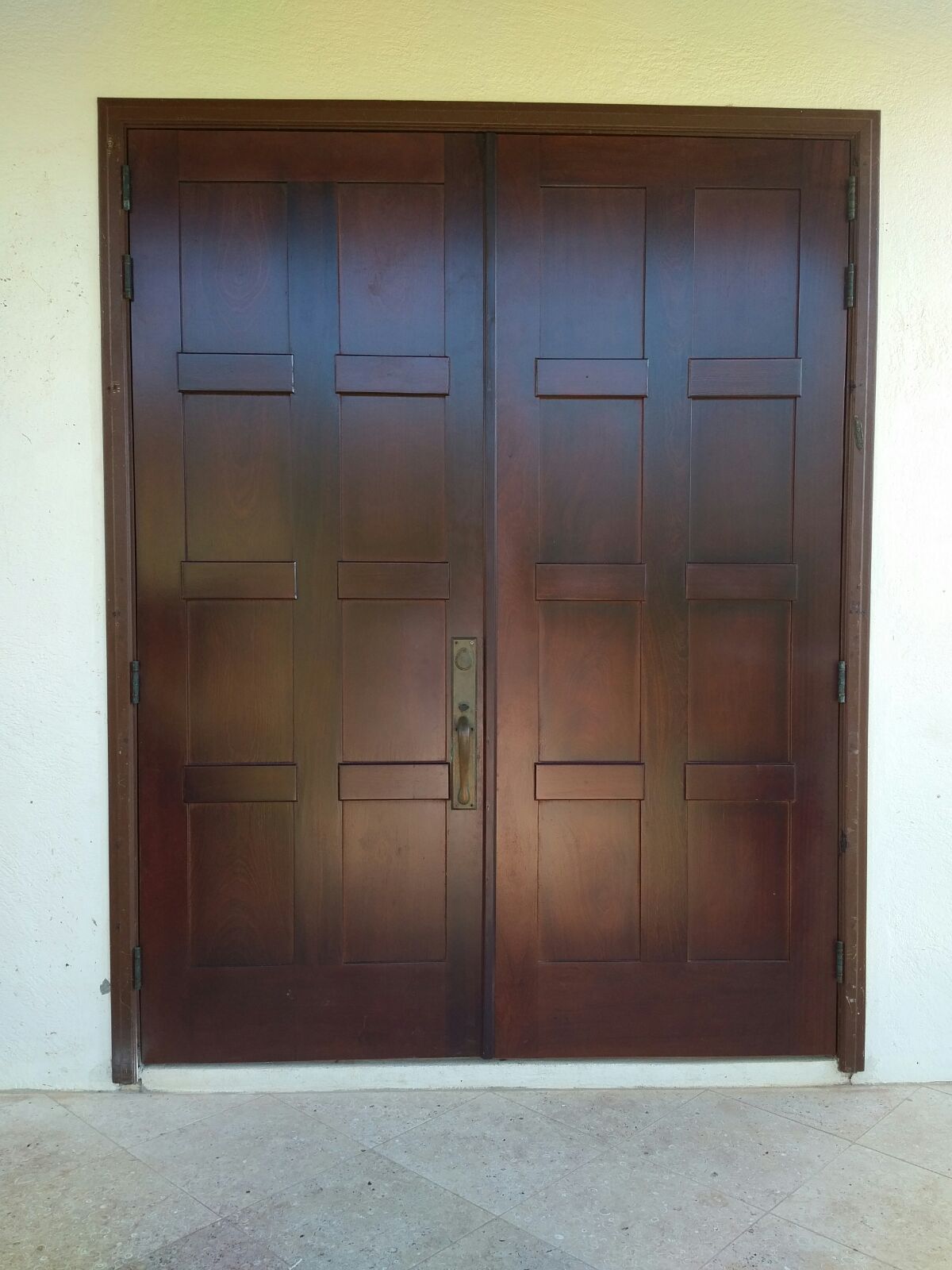
Something similar has happened with the Blowing Point ferry terminal, which also has been a source of much discussion on the island for the past ten years. With the vast majority of visitors reaching the island by boat, modernizing and beautifying the port has been on the cards for some time, only to be delayed by budget restrictions. Hurricane Irma took care of that problem, as the old terminal building suffered so much damage that the only reasonable thing left to do was demolish it. Demolished it has been, though not for that reason will the island’s boating traffic be moved elsewhere. Indeed, a regular ferry service recommenced from Blowing Point, using the Police station as a temporary terminal, on November 6. Niki V was the first boat to be re-certified for the journey and the schedule has been steadily enhanced since with most of the other boats joining in—much like everything else on the island, though, it’s not quite back to where it was (presently the last boat out of Marigot leaves at 5.15 pm) but we’re getting there!
Another important development has been the announcement that a second commercial port will be built on Road Bay, despite the fact that maintenance works of up to 4 million EC dollars were carried out on the existing pier in 2016. As a matter of fact, in all likeliness that investment ensured that the infrastructure survived Irma’s wrath, avoiding further complications in getting supplies to the island. Now, with British funding to the tune of £6,850,000, a new roll-on roll-off cargo pier will be added to the facilities on Road Bay, potentially relieving the issues of congestion and on- and off-loading encountered more and more frequently at the port.
That, of course, bodes well for the future but at present, four weeks into the 2017–18 high season (at least in theory), Anguilla is still deep into the post-Irma clean-up phase. Businesses and individuals are pressing to the limit to make the island functional in time for the holiday season. Our sister company Kobbe Design, like everyone else connected to the (re)construction sector, is working at full capacity in private contracts, making galvanized and compounded roofs, building wooden doors, rebuilding properties in general to bring them up to scratch. Because while it’s clear that the island’s tourism industry will suffer from the aftereffects of hurricane Irma, it’s also completely obvious by now that Anguilla is bent on not allowing adversity to get the best of her.
Thus, while trademark properties such as the Four Seasons Resort, Malliouhana, CuisinArt and Zemi Beach will not reopen until some time between April and November 2018, the government expects close to 500 rooms to be up and running come Christmas 2017. Shoal Bay Villas is already open, as is Ce Bleu on Crocus Bay; Carimar on Meads Bay will open on December 1, as will Manoah on Shoal Bay, and while it’s an uphill climb for the Anguilla Great House on Rendezvous Bay the expectation is that it might make it for mid December.
Similarly, there are some casualties on the culinary and entertainment front—The Pumphouse is gone, Ripples is in tatters, as is Smokey’s—but many of the hardest hit restaurants are already well on their way to recovery: Dolce Vita on Sandy Ground has been totally rebuilt, while a new roof has been poured at Straw Hat on Meads Bay; Roy’s and Johnno’s at Sandy Ground reopened almost immediately after the hurricane, as did Tasty’s on South Hill, which immediately became and continues to be the social center of the island after 5 pm; the Ferry Boat Inn will still be doing chicken wing Wednesdays, and Hibernia is open for business out on Harbour View; Sand Bar recently reopened to an impressive crowd, and DaVida’s lower level bistro is ready to go, even if we won’t be able to usher in the New Year at the swankier upper level restaurant.
As you drive around Anguilla you still see rubble here, a roofless house there, but mostly you see repairs being made, businesses being readied, wilful people getting on with their lives. Irma’s passage has left an indelible and radical trace, but island people understand that sometimes these things happen—life goes on, and we’ll be stronger for it in the future.

